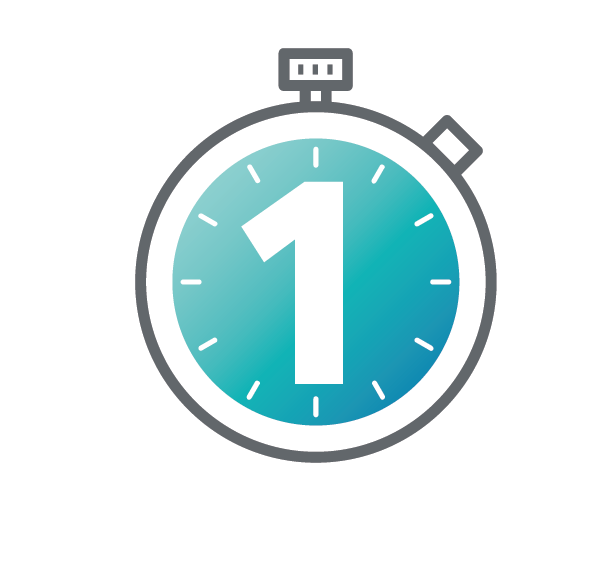![Start with KESIMPTA, The Power of the Pen* *As evidenced by ARR, MRI (Gd+ T1 and T2 lesions), and 3- and 6-month CDP. Primary end point, ARR reduction of 51% (0.11 vs 0.22), 58% (0.10 vs 0.25). Real patient taking KESIMPTA who was compensated for time. Individual results may vary. Image features a man and woman on a hiking trail and focuses on the woman - Caylee R., a [25]-year-old Volleyball Coach, Outdoor Enthusiast who started on KESIMPTA(R) first line in 2022.](https://usim.beprod.kesimptahcp.com/sites/kesimptahcp_com/files/styles/hero_full_width_width_2560/public/2025-09/caylee-homepage_dsk-xl-2.jpg?itok=-OKvwG3W)
KESIMPTA® (ofatumumab) is the only self-administered, subcutaneously delivered, B-cell RMS treatment1,3,4
1
The first choice matters
*As evidenced by reduction in ARR, MRI (Gd+ T1 and T2 lesions), and 3- and 6-month CDP vs teriflunomide. Primary end point: ARR reduction of 51% (0.11 vs 0.22), 58% (0.10 vs 0.25). Key secondary end points: reduction of number of Gd+ T1 lesions per scan: 98% (0.01 vs 0.46), 94% (0.03 vs 0.52); reduction of annualized rate of NE T2 lesions: 82% (0.72 vs 4.00), 85% (0.64 vs 4.16); 3-month CDP risk reduction of 34% (10.9 vs 15.0).1,2
†NEDA-3 post hoc analysis limitations: This analysis considers patients without evidence of disease activity (which may also include patients with partially missing information) as NEDA-3. A sensitivity analysis was conducted for the population of patients who completed the full 24 months of treatment.9 No conclusions of clinical outcomes can be drawn.
‡NEDA-3 post hoc analysis design: All patients from the pivotal trials, full analysis set population (all randomized patients with assigned treatments) who also received KESIMPTA in the ALITHIOS extension study (data cutoff: September 25, 2024) were included in the intent-to-treat principle except for patients who had reached NEDA-3 but discontinued from the study drug prematurely for reasons other than “lack of efficacy” or “death.” The outcomes presented here are the proportion of study patients within a treatment group who met the NEDA-3 criteria vs those who did not. The proportion of patients meeting NEDA-3 criteria was analyzed cross sectionally in 1-year time intervals across 7 years. Within the prespecified time period, patients who achieved NEDA-3 experienced no 6-month CDP; no confirmed relapse; no Gd+ T1 lesions; no NE T2 lesions; and no discontinuation from the study drug due to either lack of efficacy or death.5,9
§As per stability technical specification data, when the patient is ready to inject, it typically takes an average of 3-4 seconds a month to administer. Once-monthly dosing begins after the initial dosing period, which consists of 20-mg SC doses at weeks 0, 1, and 2. Please see Instructions for Use for more detailed instructions on preparation and administration of KESIMPTA.1,7
‖Based on a survey of RMS patients (N=105) in the US who self-administered KESIMPTA within the previous year. 89.5% of patients scored a 4 or 5 on ease of monthly dosing schedule. Questionnaire has not been validated.8
¶Sample program is only available to patients who are determined to be appropriate candidates for treatment with KESIMPTA and is intended to give patients a chance to see if KESIMPTA may be right for them.



